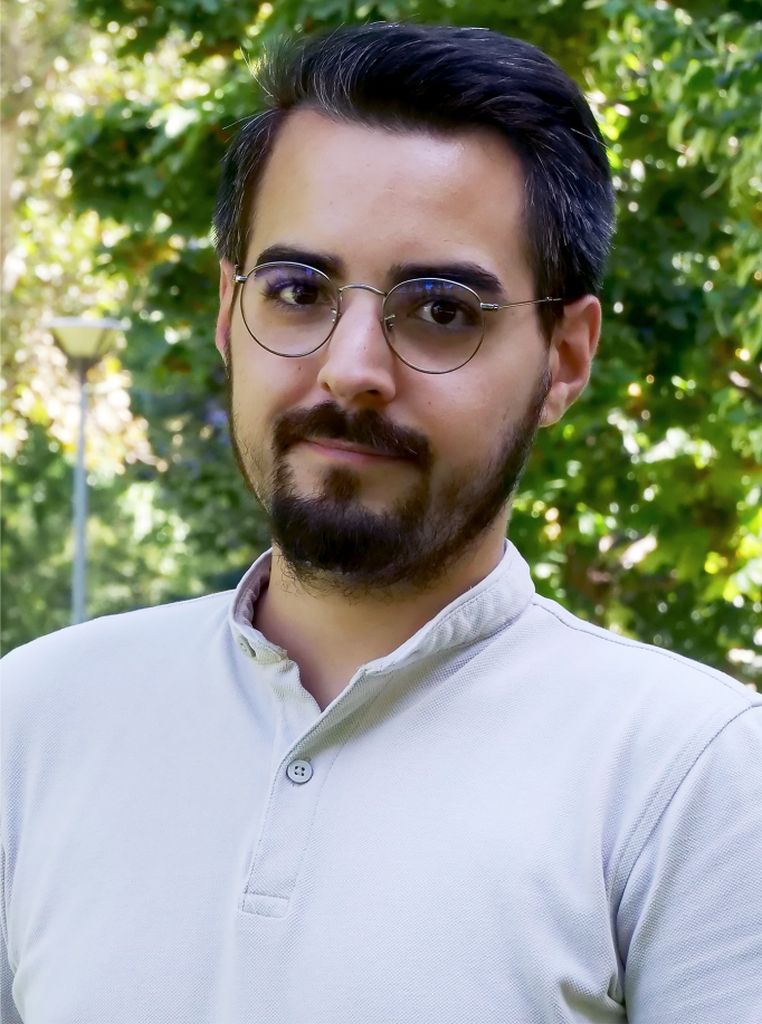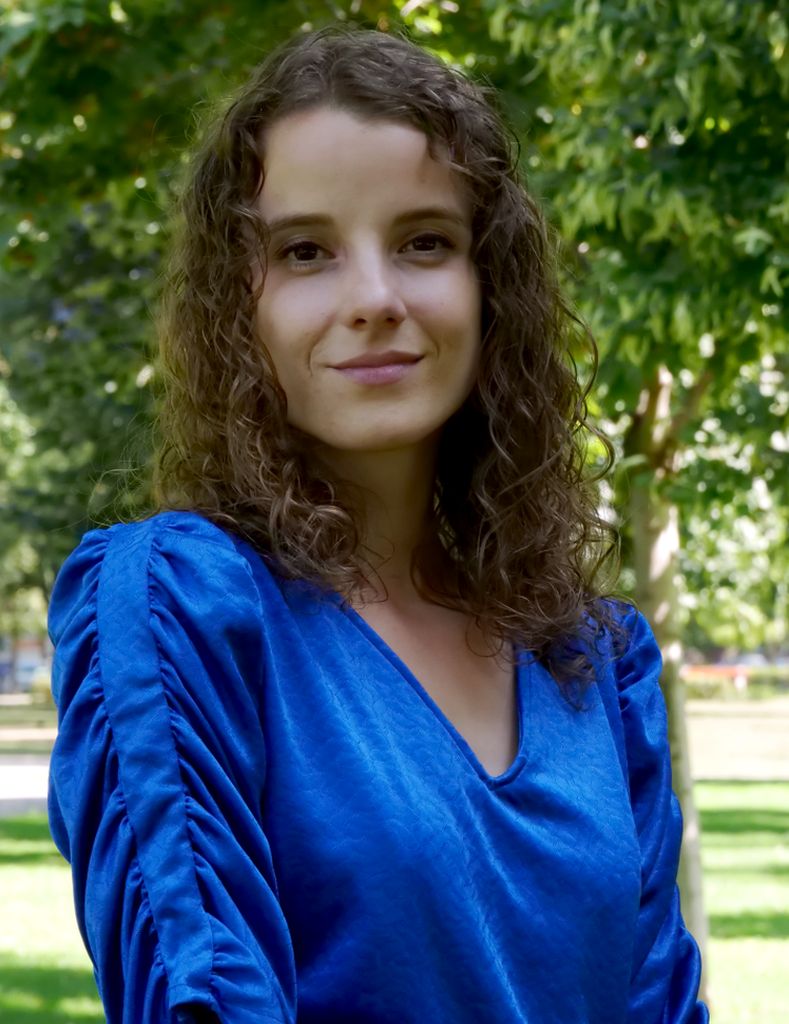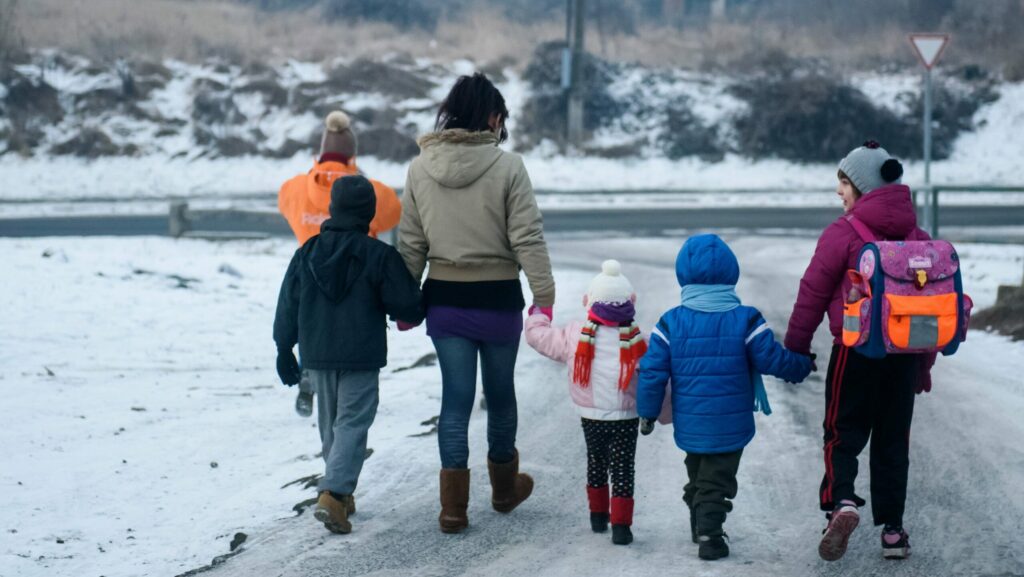The https://english.atlatszo.hu use cookies to track and profile customers such as action tags and pixel tracking on our website to assist our marketing. On our website we use technical, analytical, marketing and preference cookies. These are necessary for our site to work properly and to give us inforamation about how our site is used. See Cookies Policy
While the government campaigns with protecting children, there are a thousand problems in the system
Since the presidential pardon scandal, more and more is being said about child protection in Hungary, and especially about its shortcomings. Although the government claims that the protection of children and families is their priority, figures from the Hungarian Central Statistical Office show that there has been little meaningful improvement over the past 14 years. The data show that in 2010 there were still nearly 2,500 fewer minors in child protection than there are now, while the number of foster parents has not increased at the same rate. Key figures on the child protection system are presented in infographics and experts were interviewed about the problems and possible solutions.
“Let’s talk straight. There is no excuse for paedophilia. The child is sacred and inviolable. And it is the job of adults to protect children at all costs… This is Hungary! And this is where Europe’s strictest child protection system must be!” – Viktor Orbán said last February in his speech. In February this year, the issue came to the fore again in connection with the presidential pardon case. However, data available on the KSH website and experts on the subject point out that the situation has deteriorated and child protection in Hungary is bleeding from a thousand wounds.

Statistics show a much worse situation
According to KSH data, in 2023, 23.8 thousand people were in professional child protection, 61% in foster care, 28% in specialised care and 10% in aftercare – this would include young people over 18.
In 2010, there were almost 2,500 fewer minors in professional child protection. The number of young people in the system rose after 2013.
If we look at the breakdown by age group, we see that most children in state care are between the ages of 6 and 13, with 43.5 percent of all minors in this age group last year. They are followed by those aged 14-17.
Significant regional differences
However, there can be huge differences in the number of young people entering child protection, depending on where you are in the country. According to 2023 data, most young people in Borsod-Abaúj Zemplén and Szabolcs-Szatmár-Bereg counties are in child protection – one in four minors in the system.
The lowest number of children in state care was in the western part of the country.
Borsod County also saw the biggest increase since 2010, with the number of minors in state care almost doubling. While Budapest, for example, saw a decrease of 11 percent over the same period.
“The situation of children is always a mirror of the situation of society as a whole. Hungarian society is not well. Obviously, children are not well either. The high number of removals is a symptom of this,” said Szilvia Gyurkó, founder of the Hintalovon Child Rights Foundation.
After they reach the age of majority, the system lets go of their hands
As the number of minors in care has increased, aftercare has taken a back seat, with the number of care leavers aged 18 and over falling from 3,626 to 2,387 since 2010.
Once they reach the age of majority, they are entitled to a home-setting support of up to HUF 1.9 million, depending on the length of time they have been in care. However, this is insufficient to provide them with stable housing at current prices. For example, in 2022, 715 people received this grant, compared to 1433 10 years earlier, which means that the number of people who received this support has halved.
Pressing shortage of foster parents
However, the increase in the number of people in child protection care is not matched by a change in the number of foster parents. In 2022, there were only 5,909 foster parents for 23,000 young people. In addition, the number of foster parents has increased by just under 500 in 12 years, while the number of children has increased by more than 2,000.
With the 2013 amendment of the Child Protection Act, the state committed to place all children under 12 in foster care by the end of 2016, with some exceptions. However, Hintalovon Child Rights Foundation’s report for 2022 says that Hungary had not met this commitment by the end of 2021.
The founder of the NGO told Átlátszó that the main reason is a lack of resources – a shortage of places, a shortage of foster parents and a shortage of professionals. In addition, according to the Foundation’s experience, the situation has become more dramatic than ever, and the prestige of child protection as a profession is at an all-time low.
According to a statement by SOS Children’s Villages, two thousand foster parents are needed to ensure that the state can place all children in families. According to a previous survey by the organisation, six out of ten people said that one of the reasons for not choosing foster care is that foster parents do not receive adequate financial support.
Lack of systemic thinking
The government announced in February that it would tighten child protection measures after the pardon scandal, and a package of laws has recently been tabled.
Hintalovon Child Rights Foundation commented on the new legislation by saying they deeply regret that „(once again) responsible legislation that takes a comprehensive approach, makes a real difference and responds to the most pressing problems is lacking.” They added to Átlátszó that there is no sign of strategic, systemic thinking. In their view, the decades-old child protection problems cannot be solved by legislation or law enforcement-oriented decision-making.
In March, the Civil Coalition for Children’s Rights, a coalition of domestic child rights, child protection organisations and experts, also submitted its detailed proposals to decision-makers, outlining the main problems of child protection in 12 points. However, at the end of April, they reported that none of the points of the NGO proposals were taken into account in the package.
Written and translated by Krisztián Szabó and Zita Szopkó. The original, more detailed Hungarian version of this story is available here.


